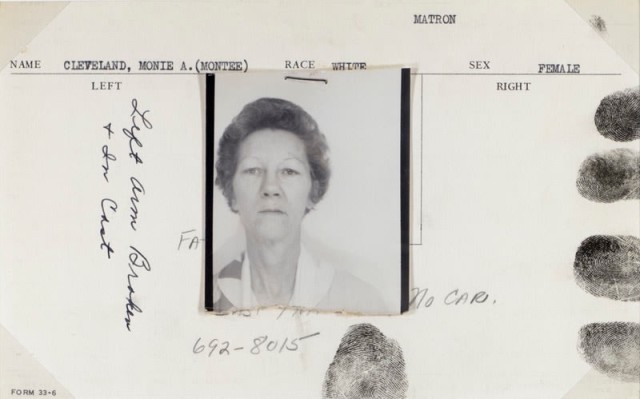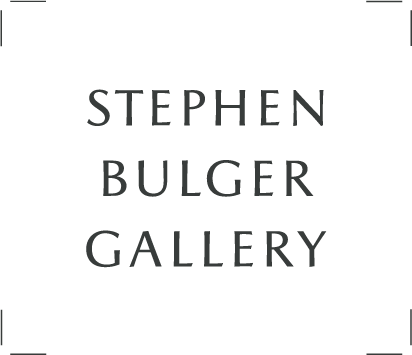Exhibition Dates: January 10 - February 21, 2004
The latest installment of the gallery’s annual thematic exhibition takes you directly to the scene of the crime.
From its inception, photography has played a controversial role as “the mirror with a memory”. The medium’s ability to capture, through a combination of light, lens and chemistry, elements of the real world onto photographic paper led to the simple conclusion that photographs tell the truth. Most photographers understand that the photographs they make are much too subjective to be anything but visual examples of things that they hold to be true. Nowhere is this distinction more confusing than in photography’s use as evidence.
This exhibition looks at numerous crimes and how their scenes have been immortalized. From Weegee’s gunshot victim lying face down on the pavement to Mark Ruwedel’sabandoned test site of the nuclear bomb, the viewer sees the horrible made beautiful. The landscape of a crime scene is perhaps the most perplexing one to decipher. After the evidence is removed, does a trace of transgression remain? Two photographers actively remove details in a manner that hones in on the aura of these places: Robin Collyer digitallyremoves the signage from a suburban convenience store; Barbara Mensch uses lighting reminiscent of classic film noir and P. Elaine Sharpe removes all recognizable details through the use of selective focus (blur). Jack Burman presents a simply beautiful landscape, but the viewer is repulsed to learn of its location. Larry Towell’s image of New York’s ground zero remains fixed in our mind in a manner that no time seems to have passed since that day in September 2 ½ years ago. Finally, there is a selection of vintage mug shots of those who failed to escape the scene of their own crime.
The gallery gratefully acknowledges the assistance of galleries Bonni Benrubi; Susan Hobbs; Lee. Ka-Sing and Clint Roenisch for loans of their artist’s work for this exhibition.


